
views
Wear cotton underwear.
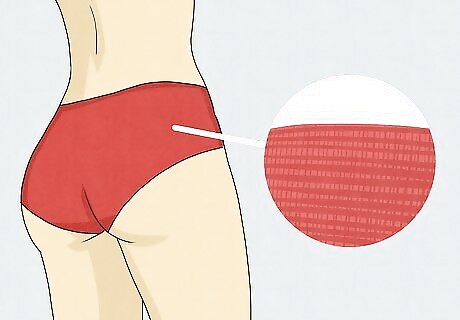
Let your vagina breathe throughout the day. Try to avoid wearing tights, leotards, bathing suits, or leggings for a long period of time, since they can disrupt your pH balance. At night, you can go underwear-free and let your vagina air out while you sleep. Change into clean underwear every day, or any time you get especially sweaty. Synthetic underwear, like polyester, can also disrupt your pH balance. Try to wear cotton underwear when possible. If your clothes get damp or sweaty, try to change as soon as you can. Moisture prevents your vagina from being able to breathe. Stick to white or light-colored underwear, since dark dyes can cause allergies or irritation. However, laundering new underwear before you use it can reduce the risk of bad reactions.
Use unscented pads and tampons.
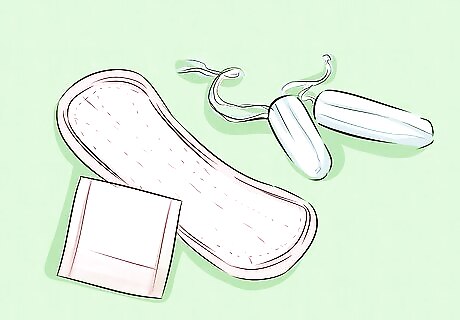
Scented menstrual products can disrupt your pH balance. When you’re picking out products, always go for natural cotton ones that don’t have a fragrance added to them. Try to change your menstrual product every 2 to 4 hours to keep your vagina happy and your discharge healthy. You should also stay away from colored or scented toilet paper, as it can also disrupt your pH balance.
Pee after sexual intercourse.
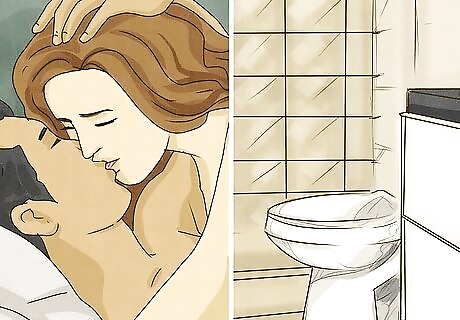
It will help flush out any bacteria that have been introduced. These bacteria can lead to a urinary tract infection or a change in discharge. Try to go to the bathroom within an hour after you finish having sex to avoid any problems. If you have stomach pain, lower back pain, painful urination, a fever, or bloody urine, you might have a urinary tract infection. Make an appointment with your doctor to get a prescription for antibiotics.
Wear a pantyliner to keep your underwear dry.
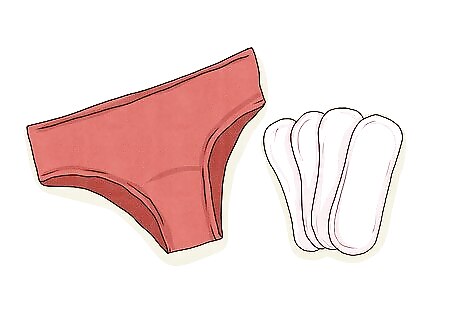
Change it every few hours to absorb discharge. Try not to wear pantyliners every single day, as they can cause irritation over time. There’s no shame in having a lot of discharge—some people have more discharge, while others have less. If you don’t want to deal with a pantyliner, you can also pack a few extra pairs of underwear and change them throughout the day. Unfortunately, wearing a pantyliner too often can upset the balance of healthy bacteria and yeast in your vagina. If you don’t feel comfortable without one, make sure to use liners that are breathable and unscented. Limit how much time you have the liner in (e.g., only wear it when you leave home, and never sleep with a liner in your underwear).
Practice safe sex to prevent STDs.

STDs can cause abnormal discharge. If you’re sexually active, make sure you use condoms to prevent the spread of sexually transmitted diseases. If you had unprotected sex with someone and you aren’t sure of their sexual history, make an appointment with your gynecologist to get tested. Remember that birth control protects against pregnancy, but only condoms protect against STDs and STIs.
Wipe front to back to prevent infections.
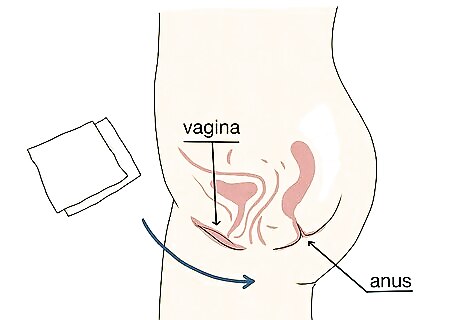
Going back to front can introduce bacteria into your vagina. After you use the bathroom, make sure you always wipe yourself from front to back. It will keep the germs from your rectal area out of your vaginal canal. Wiping from back to front may lead to abnormal discharge, which is why it’s important to change the habit if you’ve gotten into it.
Wash your vulva with plain water and mild soap daily.
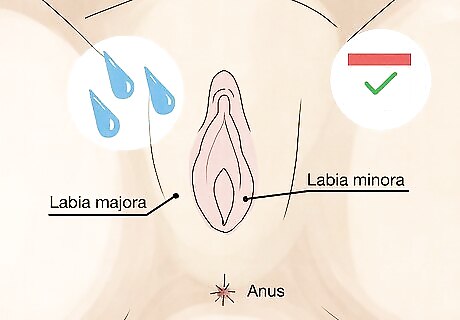
Scented soaps can disrupt the pH balance in your vagina. When you’re in the shower, use your fingers, warm water, and some gentle, unscented soap to wash your inner and outer labia. There’s no need to use a douche or wash the inside of your vagina—your vaginal discharge actually cleans it for you. Try to take a shower every day to avoid bacteria buildup in your genitals. Using a douche or a vaginal wash can lead to abnormal discharge. Your vagina doesn’t need to be cleaned since it cleans itself. When in doubt, just leave it alone. Baths and hot tubs can disrupt the pH balance of your vagina. Try to stick to showering for the majority of the time.
See a doctor if you’re experiencing abnormal discharge.
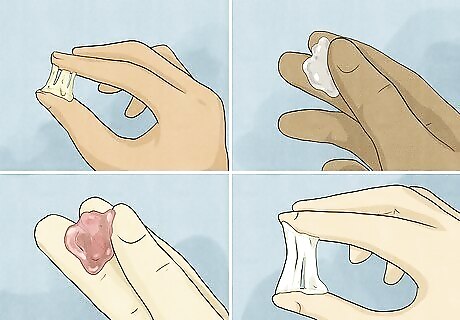
Normal discharge is usually clear or milky in appearance. It might be thin, stringy, or have white spots. If this sounds like your discharge, you’re probably fine! Natural discharge is very important in keeping your vagina healthy. Abnormal discharge is best controlled by proper treatment. It includes: Thick, white, cheesy discharge—This is usually a sign of a yeast infection. May also be accompanied by itching or swelling around the vulva. White, yellow or grey discharge—Especially if accompanied by a fishy odor, this type of discharge is likely a sign of bacterial vaginosis. May also be accompanied by itching and swelling. Yellow or green discharge—May be a sign of trichomoniasis, which is commonly spread through sexual intercourse. Brown or bloody discharge—This could be irregular menstruation, but it could also be cervical cancer, especially if it is accompanied by pelvic pain. Cloudy yellow discharge—May be a sign of gonorrhea. Ask your doctor about factors that can affect your discharge, like certain medications, pregnancy, and birth control pills.
Use medications as directed to treat an infection.
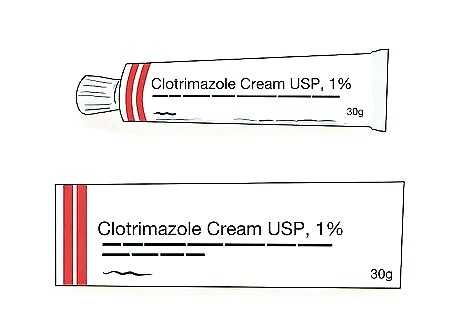
Infections are the most common reason for abnormal discharge. If you are diagnosed with a vaginal yeast infection, you can treat it with antifungal agents such as butoconazole, clotrimazole, miconazole and tioconazole. They usually come in creams, ointments, or pills that you can get from a doctor. Bacterial infections are usually treated with the antibiotics clindamycin and metronidazole.
















Comments
0 comment